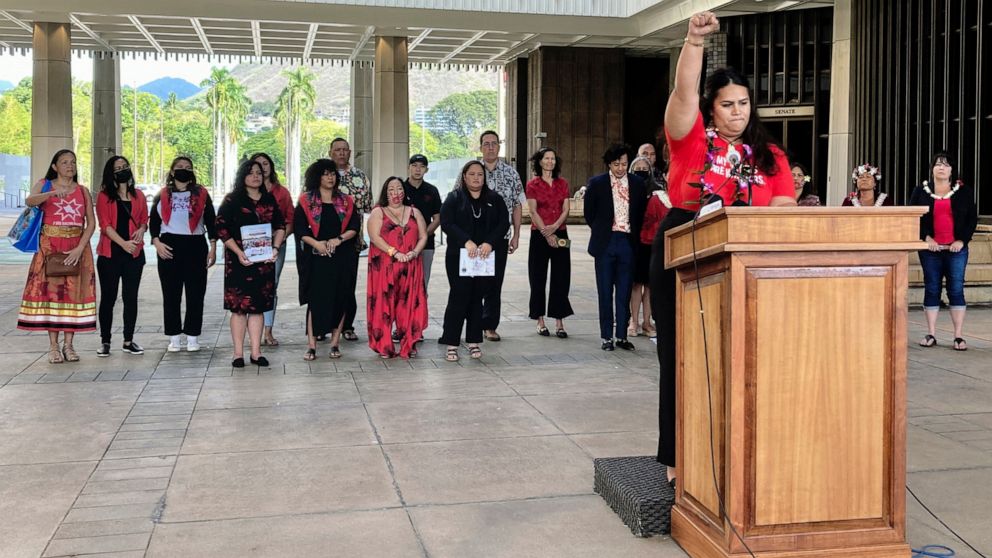
A stream of particles, which NASA says appears to be liquid and possibly coolant, sprays out of the Soyuz spacecraft on the International Space Station
Wed, December 14, 2022
By Steve Gorman
(Reuters) -A routine spacewalk by two Russian cosmonauts aboard the International Space Station (ISS) was called off as it was about to begin after flight controllers noticed a stream of liquid spewing from a docked Soyuz spacecraft, a NASA webcast showed.
The spray of fluid, which was visible in NASA's live video feed as a torrent of snowflake-like particles emanating from the rear section of the Soyuz MS-22 capsule, was described by a NASA commentator as a coolant leak.
NASA said none of the seven members of the current International Space Station (ISS) crew - three Russian cosmonauts, three U.S. NASA astronauts and a Japanese astronaut - was ever in any danger.
The mishap occurred just as two of the cosmonauts, crew commander Sergey Prokopyev and flight engineer Dimitri Petelin, were suited and preparing for a planned spacewalk to move a radiator from one module to another on the Russian segment of the ISS.
An official for Russia's mission control operations near Moscow was heard telling Prokopyev and Petelin in a radio transmission that their spacewalk was being canceled while engineers worked to determine the nature and origin of the leak.
The NASA commentator on the livestream, Rob Navias, broadcasting from NASA's Johnson Space Center in Houston, also said the spacewalk was called off because of the leak, which he said began about 7:45 p.m. EST (0145 GMT Thursday).
Navias said the Soyuz craft arrived at the space station in September, bringing Prokopyev, Petelin and U.S. astronaut Frank Rubio to the ISS, and has remained attached to the Earth-facing side of the orbital laboratory.
The spacewalk planned for Wednesday was postponed once before, in late November, because of faulty cooling pumps in the cosmonauts' spacesuits, Navias said.
The spacewalk was to be the 12th this year at the ISS and the 257th in the history of the 22-year-old platform for assembly, maintenance and upgrade work, according to NASA.
Navias said it was too soon to know what implications the leak might have for the integrity of that spacecraft, and whether it might pose any difficulties for returning crew to Earth at the end of their mission.
Five other spacecraft are parked at the space station - two SpaceX capsules (a Crew Dragon and Cargo Dragon), a Northrop Grumman Cygnus space freighter and two Russian resupply ships, Progress 81 and Progress 82.
The ISS, spanning the length of a U.S. football field and orbiting some 250 miles above Earth, has been continuously occupied since 2000, operated by a U.S.-Russian-led partnership that includes Canada, Japan and 11 European countries.
(Reporting by Steve Gorman in Los Angeles; Additional reporting by Joey Roulette in Washington. Editing by Gerry Doyle)

















